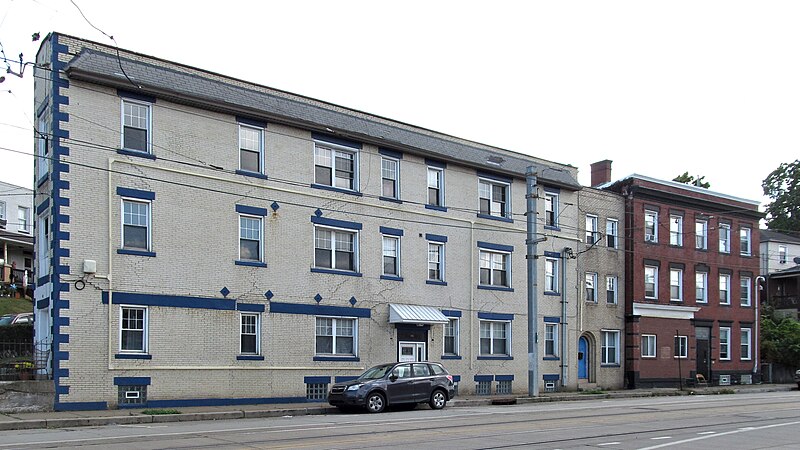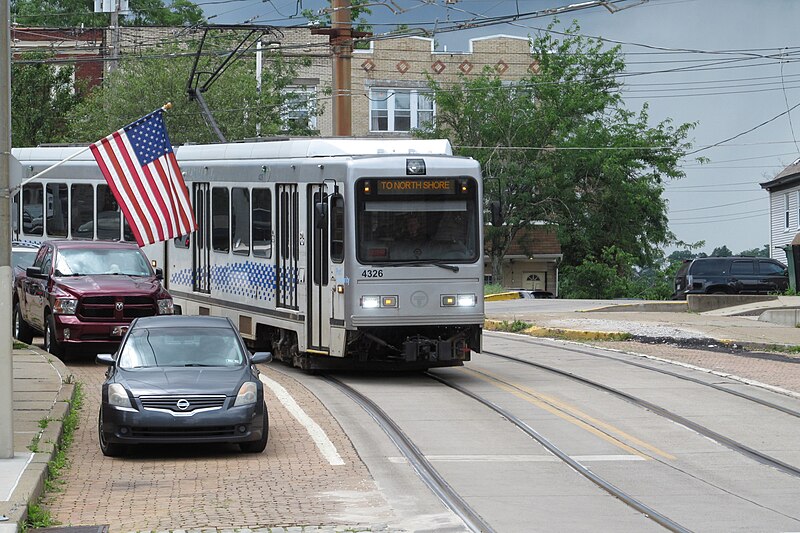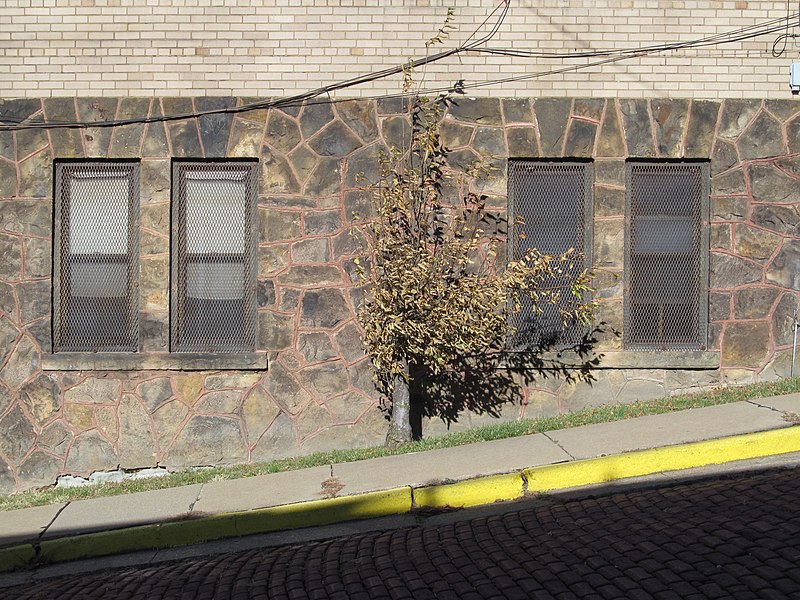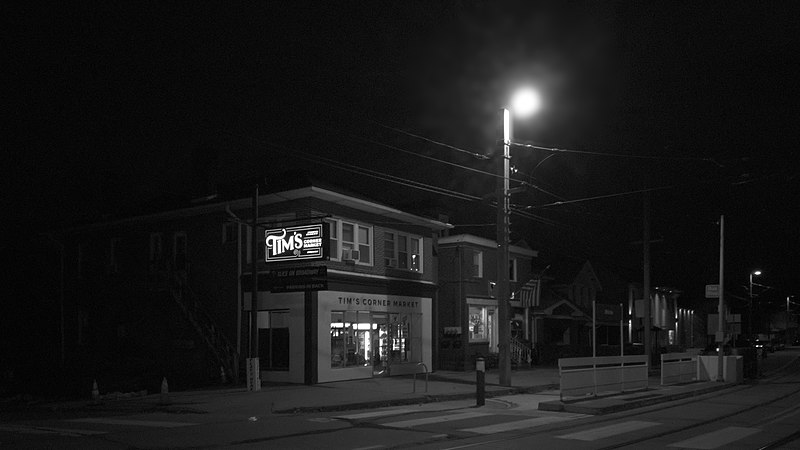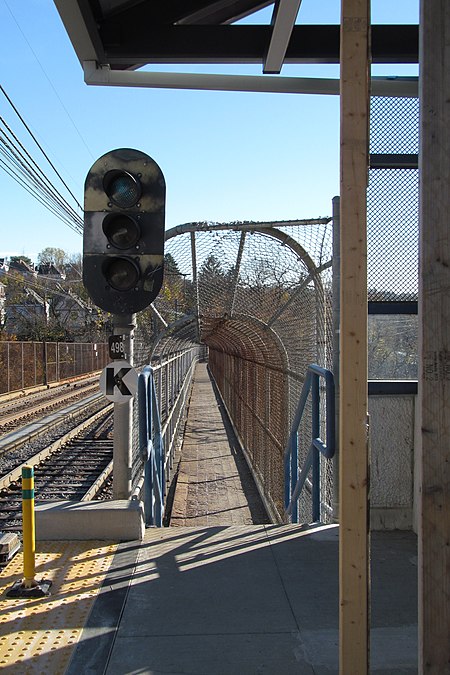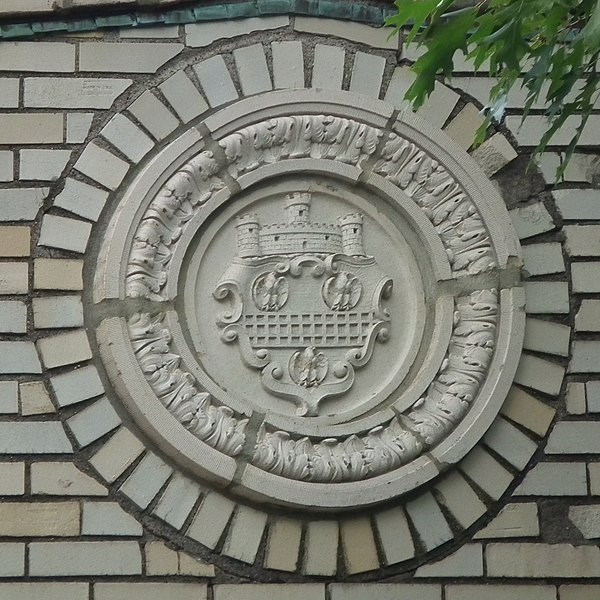
Here is a slightly bedraggled house with an interesting history. Long before there was a Beechview, the Neelds owned considerable property on that hill—68⅔ acres in 1890, according to an old map. Neelds were here at least as early as 1862. They built a house here in the late 1800s, possibly as early as the 1870s. By 1915, the Neelds had sold off much of the property to the Beechwood Improvement Company (which had planned on calling the neighborhood Beechwood, but things happen), but they still kept the whole block bounded by Broadway, Neeld Avenue, Candace Street, and Shiras Avenue. In that year, C. W. Neeld commissioned William Snaman, a prolific architect of houses for the wealthy merchant classes, to remodel his house, and Snaman Tudorized it so effectively that we would hardly guess it had been older than 1915.

The orientation of that chimney on the left is a clue to the history of the house: it suggests that Snaman reoriented it, and the front was originally on the left side. We note that the address was given as “Candace avenue” in 1915, before Snaman got to work, whereas the front of the house now faces Neeld Avenue.

Neeld Avenue, by the way, is a good example of how confusing Beechview street names can be. It was Neeld Avenue in 1910. By 1923, it had become Narragansett Street. Today it is Neeld Avenue, though Father Pitt does not know exactly when the name reverted.

After the Second World War, the Neelds sold off most of the land in the block, retaining only enough for the house and garage. Ranch houses went up on Candace Street, and modernist apartment buildings went up on Broadway.






